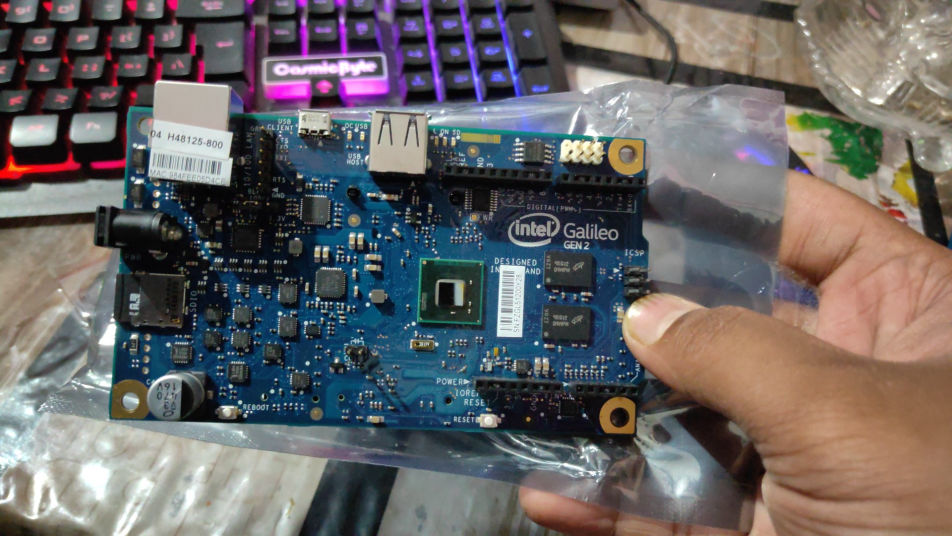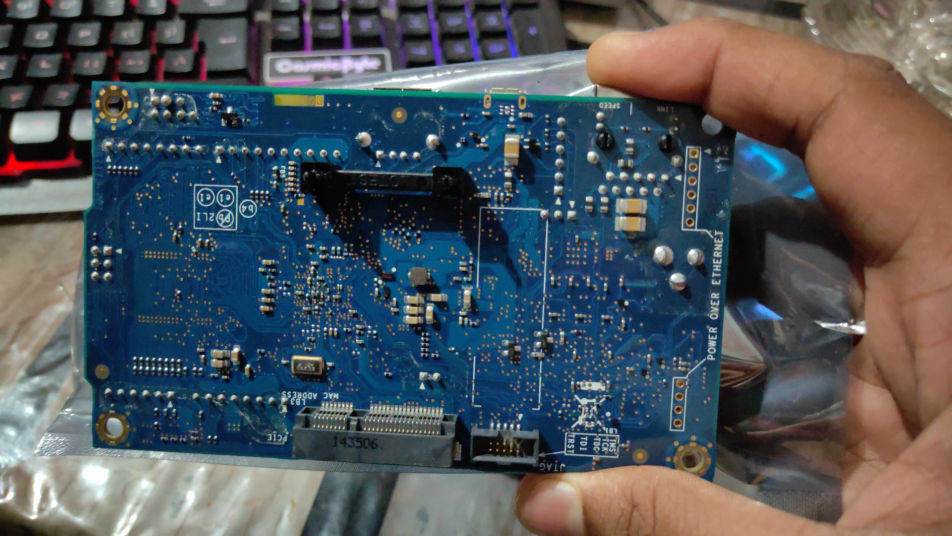
Intel Galileo Gen 2
Its the best and even the worst ...
Its like a Strong Capable man with
an eight-year-old Brain.
Much more possibilities...
Intel has provided with all the ports needed to expand any kind of project. It has arduino supported pinouts for shields and even an Mini Peripheral Component Interconnect Express (Mini PCIe) expansion slot for additional WiFi or Bluetooth modules.
Even less support...
Intel has shut down all the support for galileo boards. Only one can find the scattered files with no instruction on how to use those files.
